#death cap mushroom
Explore tagged Tumblr posts
Text

The death cap is the world's deadliest fungus, responsible for 90 percent of the world's mushroom-related poisonings every year. Native to Europe, death caps have spread around the world over the past century.
PHOTOGRAPH BY YVES LANCEAU/NATURE PICTURE LIBRARY
#yves lanceau#photographer#nature picture library#national geographic#death cap mushroom#mushroom#fungi#fungus#europe#nature
26 notes
·
View notes
Text

@ghostbiter designed me a weird dog . everyone say hi to bassiditae!!!!!!!!!!!!!
58 notes
·
View notes
Text
Just one drop and you're history "The Deadly Death Cap Mushroom"
youtube
#The Deadly Death Cap Mushroom#death cap mushroom#Amanita phalloides#mushroom toxicity#poisonous mushrooms#mushroom identification#foraging safety#symptoms of poisoning#mushroom poisoning#wild mushrooms#toxic fungi#first aid for mushroom poisoning#mushroom awareness#edible vs poisonous mushrooms#mycology education#fungal hazards#identifying death cap#mushroom foraging risks#toxic mushroom symptoms#awareness about death cap mushroom#mushroom#Youtube
2 notes
·
View notes
Text

Like a Death Cap but if it was in a cartoon
#mushroom#mushrooms#fungi#mushroom art#fungus#death cap#death cap mushroom#tattoo flash art#tattoo art#tattoo flash#digital art#digital drawing#digital illustration#art#drawing#illustration#i arted#lowbrow#lowbrow art#my art#female artist#female artists#digital artist#small artist#lowbrow artist#dark art#spooky art#skull#Skull art#creepy art
5 notes
·
View notes
Text




Went on a fungi foray today with the Devon Fungus Group and we found a beautiful specimen of a Death cap, Amanita phalloides.
#Death cap#amanita#Amanita phalloides#fungi#mushroom#mycology#nature#nature photography#photography#mushrooms#toadstools#forest#devon#Foray#Devon Fungus Group
109 notes
·
View notes
Text

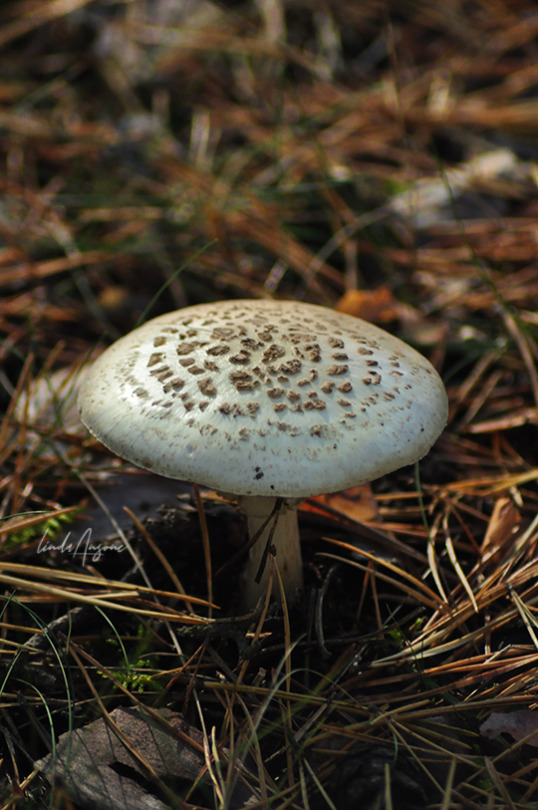
Amanita citrina
#amanita citrina#false death cap#mushrooms#fungi#mycology#mushroom photography#nature#naturecore#forestcore#forest floor#original photographers#photographers on tumblr
228 notes
·
View notes
Text
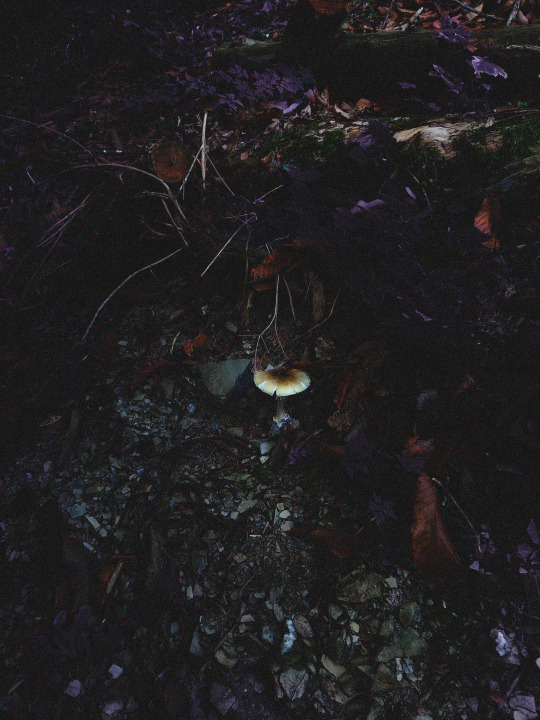
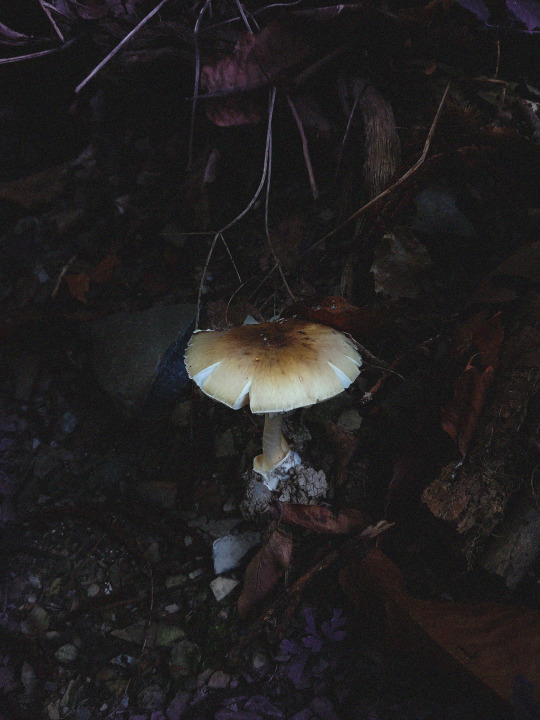
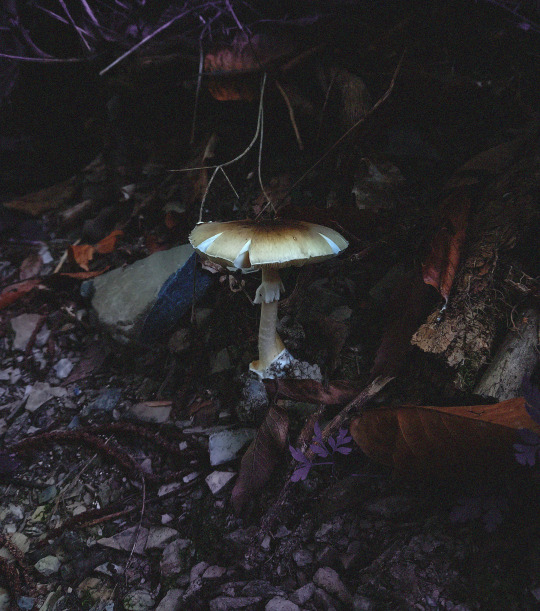
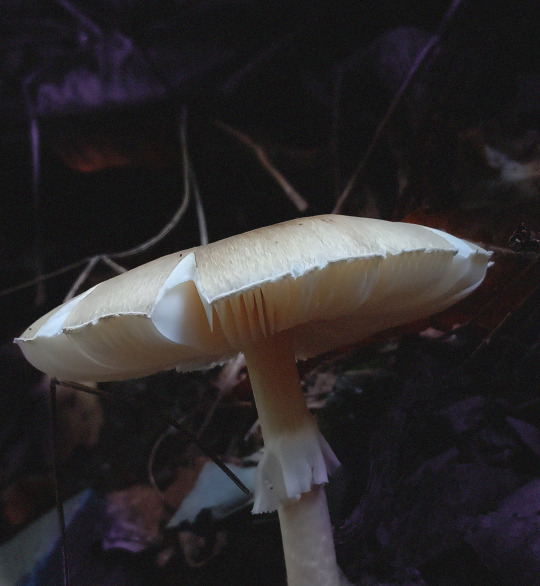

Amanita phalloides, commonly known as the death cap. It is one of the most poisonous of all known mushrooms.
Even very small fragments can be lethal (about 0.1 milligrams of fresh weight for every kilogram of weight of the person who ingests it), so about 7 mg for a 70 kg adult man; furthermore, the mushroom retains all its poisonous properties even after cooking, drying and freezing.
Found it today, 15 October 2023.
#original photographs#amanita phalloides#death cap#mushrooms#mushroomcore#fungi#mycology#foraging#autumn aesthetic#purple aesthetic#fairycore#dark fairycore#fairy aesthetic#fairy cottage#cottage witch#dark cottagecore#woods#forest#dark forest#forest floor#other#diary#studyblr#I found her!!!🥳🎉#it is not the destroying angel but I was also looking for this 🎉#Mary Katherine Blackwood likes this
202 notes
·
View notes
Text
amanita phalloides // death cap <3
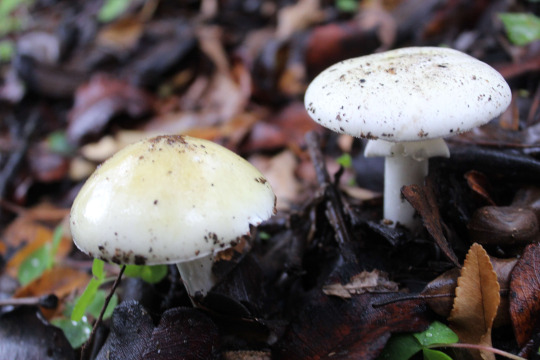

this is the first time i'm posting a picture of fungi that *i* took, so no need to cite my sources here B-) anyway, i found these at the start of winter with my brother. it was really freaking bizarre, since i've hardly found that many mushrooms in person, but i found literally the most poisonous mushroom we know of. you can imagine i was going insane (positive) !!
#• finn's mycophotography <3 •#[amanita phalloides]#: death cap :#||#fungus#fungi#mycology#mushroom#mushrooms#photography#my photography#nature#earth#biology#autism#special interest#foraging#poison#toxic
171 notes
·
View notes
Text
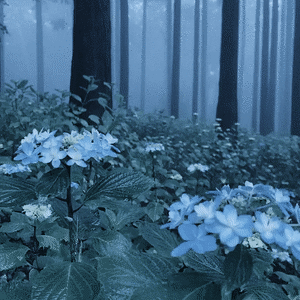






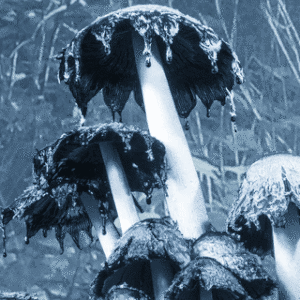
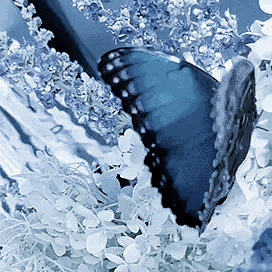
Emily Merrimack stimboard
×/×/× ×/× ×/×/×
#text#autismposting#stim#gifs#corpse bride#emily corpse bride#tim Burton's corpse bride#blue stim#dress stim#fancy stim#wedding cake stim#blue butterfly stim#blue flower stim#forest stim#nature stim#scenery stim#death stim#death tw#eerie stim#spooky tw#spooky stim#rot stim#decay stim#shaggy ink cap stim#mushroom stim#grave stim#hourglass timer stim#sand stim#wedding dress stim#my edits
41 notes
·
View notes
Text
Daily Fungi Fact 84: Alpha-Amanitin(the main toxin in the death cap mushroom(Amanita phalloides)) is resistant to heat, enzymes, and acid, it is also suspected that it is resistant to freezing and thawing because some guy died after eating a mushroom that was frozen for 7-8 months.
7 notes
·
View notes
Text



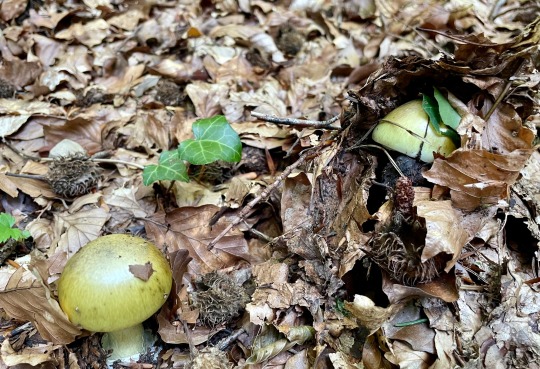
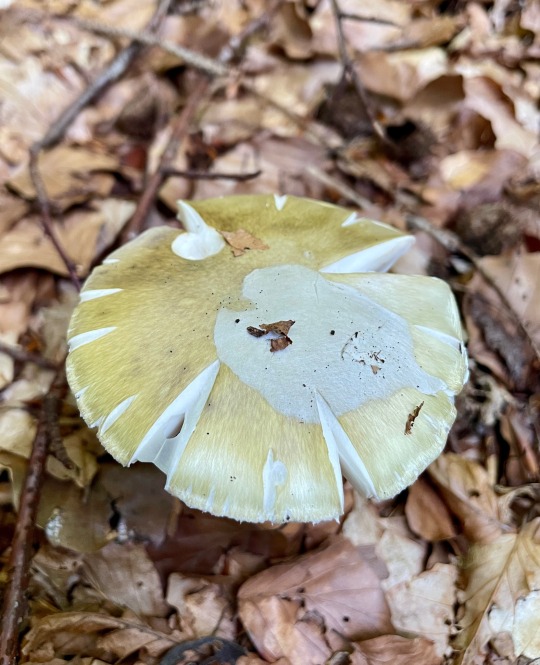

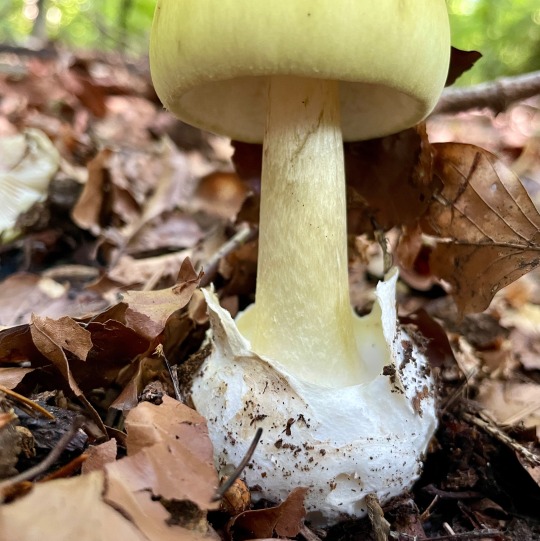
Grüner Knollenblätter Pilz, Amanita Phalloides, aka ,, death cap‘‘ 11.08.23
with all characteristics
#mushrooms#pilze#mycology#fungi#wild fungi#mushrooms switzerland#pilz#mushrooms of switzerland#pilzesuchen#basidiomycota#death cap#amanita#knollenblätter
82 notes
·
View notes
Text
Death Cap mushroom is one of the deadliest in the world
#Amanita phalloides#death cap mushroom#mushroom toxicity#poisonous fungi#foraging tips#mushroom identification#symptoms of poisoning#medical treatment#mushroom safety#wild mushroom hunting#toxic compounds#geographical distribution#edible vs. poisonous mushrooms#cautionary advice#mycology#deadly mushrooms
0 notes
Text

The death cap mushroom (Amanita phalloides) is one of the most toxic and deadly mushrooms in the world. It’s responsible for the majority of fatal mushroom poisonings, as it contains potent toxins called amatoxins that are highly resistant to heat and enzymes, meaning they remain toxic even after cooking.
Characteristics of the Death Cap
Appearance:
Cap: It has a pale green to olive-brown, smooth cap that can be mistaken for other edible mushrooms. The cap is usually 5–15 cm in diameter, with a somewhat sticky surface when wet.
Gills: The gills beneath the cap are white and free (not attached to the stalk).
Stalk: The stalk is white or pale, with a swollen base that may have a cup-like structure (volva).
Spore Print: The spore print of the death cap is white.
Habitat:
It is most commonly found in temperate regions, particularly in Europe and North America, often growing in association with hardwood trees like oak, chestnut, and pine.
It thrives in moist environments, typically appearing in late summer or fall.
Toxicity and Symptoms of Poisoning
Death cap mushrooms contain several toxic compounds, with amatoxins being the most lethal. These toxins inhibit RNA polymerase II, a critical enzyme in protein synthesis, leading to cell death—especially in the liver and kidneys.
Poisoning Stages:
Latency Period (6-12 hours): After ingestion, there is a deceptive phase with no symptoms, which can lull people into a false sense of security.
Gastrointestinal Phase (12-24 hours): Violent abdominal pain, vomiting, and diarrhea occur, leading to dehydration and electrolyte imbalance.
Apparent Recovery (1-2 days): Symptoms seem to improve, but this is an illusion. Meanwhile, liver and kidney damage is worsening internally.
Liver/Kidney Failure (3-5 days): If untreated, the liver and kidneys begin to fail, leading to coma and potentially death.
Treatment
Immediate medical attention is critical. Hospital treatment often involves:
Activated Charcoal: Administered to absorb any remaining toxins.
Intravenous fluids: To manage dehydration.
Liver Transplant: In severe cases, patients may require a liver transplant to survive.
Unfortunately, even with aggressive treatment, the death rate for death cap mushroom poisoning can range from 10–30%.
Edibility Confusion
One of the most dangerous aspects of the death cap is its resemblance to edible mushrooms. It can easily be confused with mushrooms like the paddy straw mushroom (Volvariella volvacea) and the caesar’s mushroom (Amanita caesarea), particularly in its early stages of growth.
Cultural Impact and History
Death caps have a long and infamous history:
In ancient Rome, they were believed to have been used in political assassinations, notably in the death of Emperor Claudius.
Poisonings continue to occur worldwide, often involving foragers who mistake the death cap for an edible mushroom, particularly in areas where foraging is common.
Conclusion
The death cap mushroom is a highly toxic species that requires caution and awareness. It highlights the importance of proper identification and knowledge for those who forage mushrooms.
Get yourself my art works to add to your collection of mushrooms:


#ainight#handmade#art#mushroomcore#artists on tumblr#mushroom art#artists of tumblr#mushrooms#stay vigilant#tumblr#artists of threadless#threadless#death cap#poisonous mushrooms#poison#dead#deadly#mushroom love#mushrooms that can kill you
9 notes
·
View notes
Text
Death Cap Mushrooms
Amanita phalloides is a species of fungi native to Europe, but can also be found in the Americas. This species is highly toxic if ingested due to toxins it produces. It is responsible for a vast majority (~90%) of mushroom-related deaths every year worldwide. The main symptoms of ingestion are nausea and vomiting, which go away after a day or so. The deadly effects of liver and kidney damage will begin up to a week later.
Amatoxins kill you by inhibiting RNA polymerase II. RNApol II is necessary for the creation of messenger RNA, a type of nucleotide that is necessary to turn DNA into functional proteins. Without this enzyme, you can't make new stuff (like cells) in your body. Your cells will begin to die.
The liver and kidneys attempt to filter out this toxin, but the effects of it begin to kill and damage those cells. As your ability to filter out the toxin decreases, so does the damage it causes. These effects compound to make Death Caps a not very fun fungi.
As symptoms of organ damage progress, you may experience vomiting, abdominal pain, low blood pressure, jaundice, delirium, and coma due to the decreased ability of the liver to filter out toxins that affect the brain. On the kidney side of things, the symptoms may appear as impaired blood coagulation, intracranial bleeding, and cardiac arrest. These symptoms end up as kidney failure, liver failure, and death.
I like this as a poison because the person will feel fine after shitting and throwing up everywhere for a few hours. Then 2-7 days later, they've gone insane and they die. I think that has some cool implications for writing, and something fun could definitely be done here.
#medicine#med student#medical school#med school#med studyblr#biology#whump writing#kidneys#liver#poisons#poisoning#mushrooms#death cap mushrooms
7 notes
·
View notes
Text
Saw a tiktok about the different types of tiefling you can be in DND and here are my ideas
Lunar Moth tiefling, as a Cleric
Death face moth tiefling as a Necromancer
Maned Hyena tiefling, Barbarian
Ink cap Mushroom tiefling Rouge or monk for this one I see the cap as one of those straw hats and they'd have a bo staff
I'll have to draw these at some point I'll update you if I ever flesh out these characters
8 notes
·
View notes
Text

Don't Touch It!
pixel_dailies : mushroom : 6/23/24
BlueSky | Ko-fi | Upwork
#animation#pixel art#pixel artist#pixel art animation#looping animation#digital animation#digital art#2d animation#pixel dailies#artists on tumblr#mushroom#death cap#fungus#spore#deadly
17 notes
·
View notes